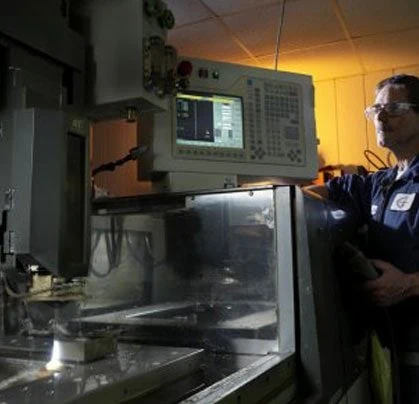Die cutting has greatly improved the efficiency of a number of industries, most notably packaging, automobile manufacturing, and mobile phone assembly. Because die cutting allows workers to cut crisp, clear shapes straight from substrates, it’s a fantastic option for those looking to create sleek and impactful packaging.
Successfully incorporating die cutting into your production strategy benefits both single and multi-piece packaging designs. Die-cut parts also frequently appear in the sound and electrical systems of vehicles, and advances in die cutting technology have also made it possible to build today’s increasingly popular ultra-slim mobile phones.
Technology Speeds the Spread of Die Cutting
 Many factors drive manufacturers to adopt die cutting processes:
Many factors drive manufacturers to adopt die cutting processes:
- Technological advances in both the manufacturing process and the commodities created by die cutting have made it an increasingly efficient way to incorporate oddly shaped or delicate parts into product designs. For this reason, die cutting especially benefits applications in the electronics and medical industries, improving products from headphones to hearing aids.
- Rising populations mean growing markets for all kinds of products. Die cutting allows factories to achieve high-volume production runs for sensitive components that previously took longer or were more expensive to assemble using other techniques.
- Growing disposable incomes have driven the growth of specialty item manufacturers who seek to cater those desiring to associate with unique brands. Die cutting allows even small companies to achieve high-volume production runs as needed without sacrificing the quality of each individual item.
Many methods comprise the die-cutting process, including:
- Perfing
- Metal-to-metal
- Slitting
- Scoring
- Kiss cutting
Types of Die Cutting
Laser Cutting
Laser cutting allows manufacturers to create cuts with accuracies of ±0.005%—a level of accuracy not previously seen. This process’s high degree of repeatability also factors into its ability to work with duplicate positions on dies, as well as the ability to accurately repeat die boards. Because of this, manufacturers using laser cutting technology can expect to see increased accuracy as well as improved turnaround times.
Water Jet Cutting
Water jet cutting decreases the time it takes for die makers to create rubber dies. This is done through the machinery that balances the dies, reducing the make-ready time necessary before cutting. Because it works with liquids, water jet cutting also causes fewer and smaller carton nicks than other processes, and the consistency of water jet rubber helps manufacturers achieve higher run speeds.
Stripping
Stripping operates with higher press speeds that other processes, reducing the amount of time it takes to create parts. Efficient implementation of this process also results in successful blanking. Manufacturers using advanced stripping techniques can expect to see reduced labor costs and increased efficiency.
Blanking Tools
Compared with tools of old, today’s blanking tools are more durable and offer quicker turnarounds for lower costs. These modern blanking tools allow manufacturers to get jobs done faster and with better accuracy.
Die Cutting Growing in Popularity
Die cutting continues to grow in prominence as an essential method of fabricating products that consumers use daily. Able to operate with virtually any type of metal, die cutting allows manufacturers to build sleek, stylish products without sacrificing efficiency or affordability.

